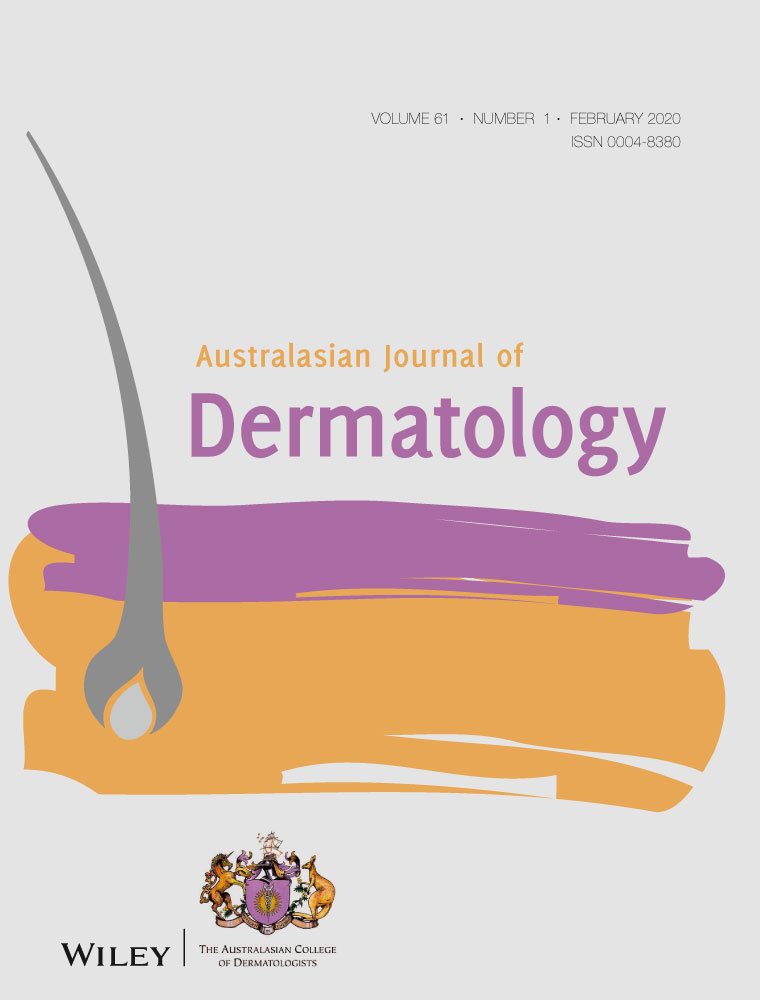Atopic dermatitis in adults: An Australian management consensus
Abstract
Background/Objectives
Atopic dermatitis (AD) has significant negative impact on health-related quality of life, mood, sleep, work productivity and everyday activities. Research into the use of new drugs in the management of AD continues to develop, and international updates and recommendations have been published. However, questions remain in the Australian setting. This consensus aims to provide evidence-based insights and practical advice on the management of adult AD in Australia.
Methods
A panel (five dermatologists and one clinical immunologist) met to review the literature, critically examine clinical questions of relevance to Australian healthcare practitioners and develop a series of recommendation statements. A consensus panel, comprising the initial panel plus nine additional members, used a 2-round Delphi voting process to determine a set of final guidance statements. Consensus: ≥75% agreement in the range 7–9.
Results
Round 1 voting comprised 66 guidance statements. Of these, consensus was reached on 26, which were retained, and five were removed. The remainder (35) were modified and one new guidance statement was added for inclusion in round 2 voting. After round 2, consensus was reached on 35, which were retained, and one was removed (considered redundant). The 61 guidance statements upon which consensus was reached were then used to support a series of core consensus recommendations and a management flow chart.
Conclusions
Expert consensus recommendations providing practical guidance of clinical relevance to specialists and primary care physicians in Australia have been developed. Dissemination of this guidance and evaluation of its impact on patient outcomes remain to be undertaken.




